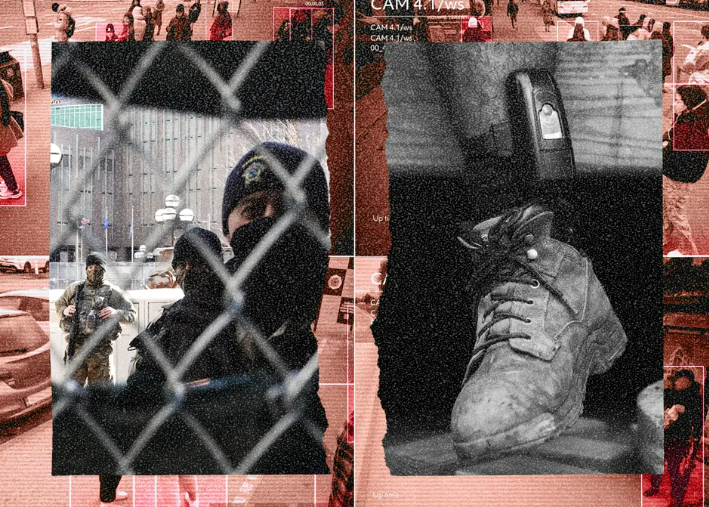Preparing for the Digital Surveillance Enforcement Age Ahead
US Immigration and Customs Enforcement (ICE) expected to invest heavily in technology for surveillance enforcement ahead of increased deportations

The incoming US presidential administration has doubled down on the campaign promise of the mass deportation of illegal immigrants, verbalizing its plans to declare a national emergency and use the US military to carry out those plans. The cost of doing so will not be a deterrent, the incoming president said, noting a priority upon taking office in January would be to make the border “strong and powerful".
The latest figures from the Department of Homeland Security and Pew Research indicate that there are around 11 million undocumented immigrants currently living in the US, a number that has remained relatively stable since 2005. Most are long-term residents, as nearly 80% of those have been in the country for more than a decade.
Immigrants who are in the country without legal status have the right to due process, including a court hearing before their removal. A drastic increase in deportations would likely entail a large expansion in the immigration court system, which has been beset by backlogs.
Many of the country’s largest cities and counties have passed laws restricting local police co-operation with ICE (Immigration and Customs Enforcement), including major California cities San Francisco, Oakland and San José, and most recently Los Angeles. The newly adopted ordinance permanently enshrines sanctuary policies into municipal law and prohibits the use of City resources, including property and personnel, from being utilized for immigration enforcement or to cooperate with federal immigration agents engaged in immigration enforcement. The ordinance also prohibits the direct and indirect sharing of data with federal immigration authorities.
To address the significant logistical challenges in attempting to deport over 11 million people, the incoming administration is planning to significantly scale up its use of technology to increase it's surveillance capabilities. Wired Magazine reports that ICE posted a notice asking companies to submit plans for how they would expand ICE’s system of ankle monitors, GPS trackers, biometric check-in technology, and human agents monitoring “non-citizens” awaiting immigration court hearings or deportation.
The concerns about surveillance powers are particularly worrisome among immigration rights groups, which worry that the incoming administration would be able to harness data brokers, facial recognition, and other tools to create lists of immigrants it would want to deport. Data brokers are companies that track and collect personal data and, in the United States, there are few regulations restricting what they can sell to law enforcement.
While the immediate target of this planned increase in spending are surveilling undocumented immigrants, there's no reason to believe that's where the scope of use will end. Another concern is that these technologies could exploit advances in the police's surveillance capacity to implement his vision of "restoring law and order and public safety in America."
There has been an explosion in surveillance tools in U.S. police department in recent years, while law enforcement's access to commercial databases has also increased, allowing them to track people without a warrant. The number of local police departments with "real time crime centers" -- central hubs where surveillance from cameras, license plate readers and other inputs flow -- has almost doubled over the last four years, according to data collected by the Electronic Frontier Foundation, a digital rights group. Over 90% of large police departments in the United States currently have access to automatic license plate readers, up from around 66% in 2016, data from the Department of Justice showed.
"These technologies will be exploited, and probably in the worst possible way," said Paromita Shah, the executive director of Just Futures Law, a legal immigration advocacy group.
Matt Cagle, a lawyer with ACLU Northern California, said he also fears the incoming administration could exploit data collected by local police departments from tools like automatic license plate readers, or facial recognition systems. "When localities are collecting tons of information about their residents it becomes ripe for exploitation by any administration to try and target and locate all sorts of people," he said.
You can read "ICE Started Ramping Up Its Surveillance Arsenal Immediately After Donald Trump Won" at Wired Magazine.










